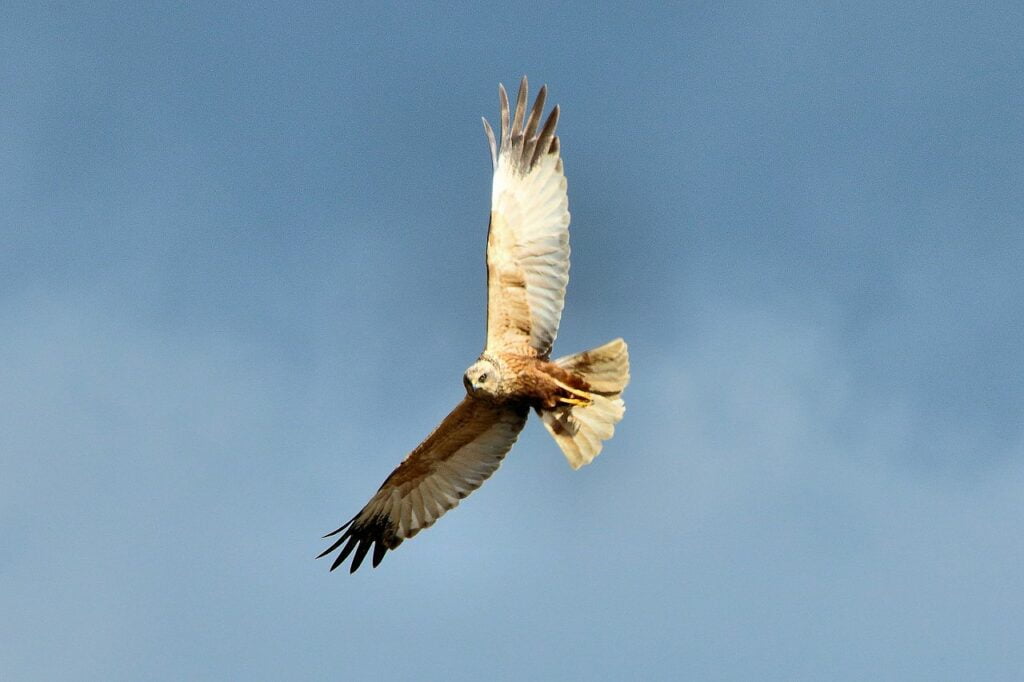
For the first time in more than a century, not one, but two pairs of Marsh Harrier have bred successfully in the Republic of Ireland.
The Irish Raptor Study Group (IRSG) confirmed in December that the rare birds of prey successfully reared young at sites in counties Galway and Westmeath during the 2020 breeding season. The last recorded breeding of the species in Ireland was in 1917.
A specialist of fens and wetland, especially those with large areas of reed bed, Marsh Harriers are large, dark-coloured birds of prey with a long tail and the characteristic buoyant flight of a harrier, with long wings held in a shallow ‘V’. Adult males are striking birds, with smoky grey on the tail and wings contrasting with a chestnut belly and shoulders. Females are larger, and are dark brown birds with a distinctive pale crown.
Marsh Harriers suffered prolonged persecution and widespread destruction of their wetland habitat during the late eighteenth and nineteenth centuries in Ireland before finally becoming extinct as a breeding species.
Ongoing destruction of wetland habitats continued through the 20th century, exacerbated by the Arterial Drainage Act of 1945 and the systematic drainage of bogs across counties Galway and Roscommon to fuel peat-fired electricity generation at Bord na Mona plants. According to official figures, Ireland has lost some 80% of its wetland habitat through a combination of drainage for peat extraction and reclamation of land for agriculture.
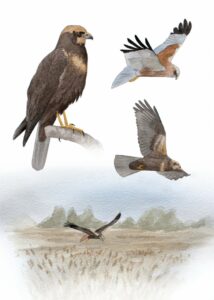
With so little of their preferred breeding habitat remaining, the prospect of visiting Marsh Harriers staying in Ireland to breed seemed slim. However, the steady increase in the breeding population of Marsh Harriers in Europe and particularly in southeast England over the last twenty years or so, has contributed to more frequent Marsh Harrier sightings here.
The Irish Raptor Study Group hopes that the successful Marsh Harrier broods in 2020 is the start of a slow recolonisation for the species here. Recent targets in the Programme for Government to rehabilitate peat land and reinstate wetland habitat will, it hopes, provide a wonderful opportunity, not just for Marsh Harriers, but also for other lost wetland specialists, like the Eurasian Crane, the Bittern and the Osprey.


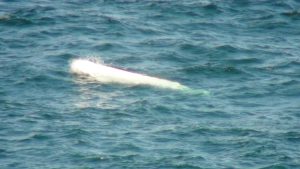
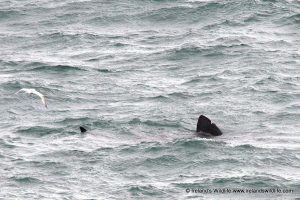
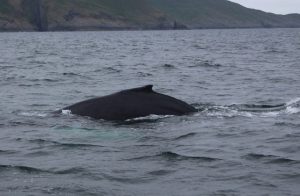
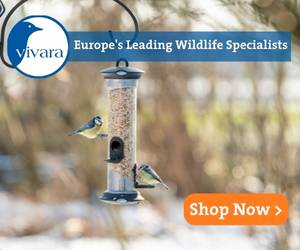




2 comments
Kevin McNamara
Iontach nuacht.
Kevin McNamara
Great news.
Iontach ????